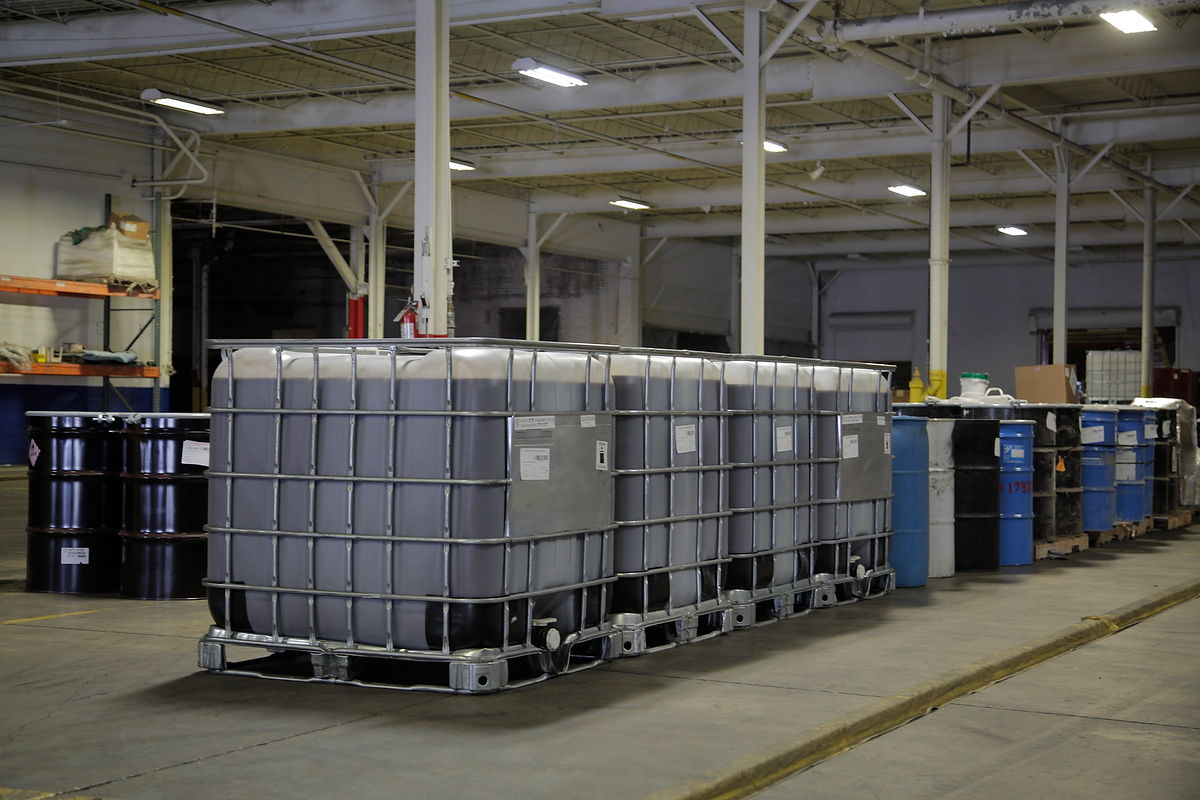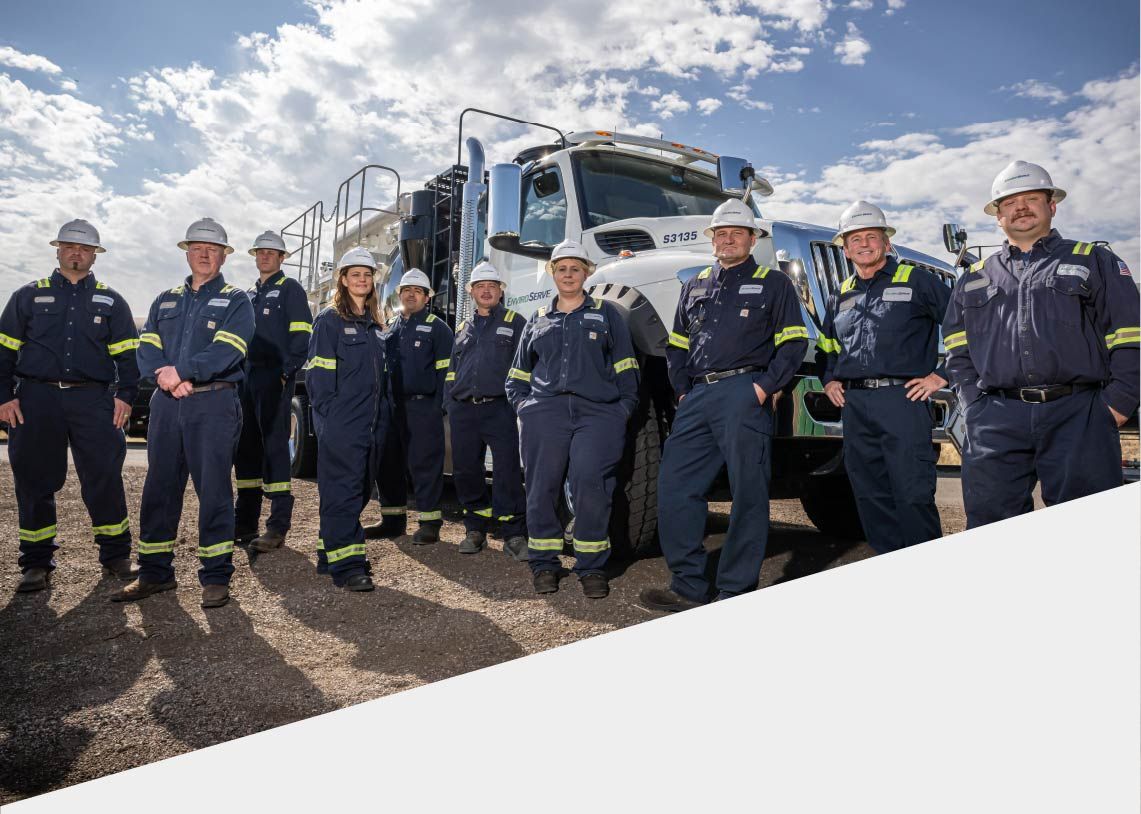How to Select the Right Hazardous Waste Container
Hazardous waste management can be a daunting task, particularly when it comes to navigating regulations. But while it can be challenging, correctly managing your waste is critical to protect the well-being of those around you, the environment, and your business. Attention to detail is essential and must begin at the very moment hazardous waste is produced all the way through to its
proper disposal. The first step is selecting a proper hazardous waste container.
There is no general rule of thumb to be used for all waste. Instead, selecting a suitable hazardous waste container depends on a variety of factors, including the constituents and concentration of the waste. Should an improper container be selected, this could result in an environmental release in your facility, creating the potential for unnecessary exposure. Additionally, monetary fines may be assessed by a regulatory agency.
To ensure you are doing your part to promote the proper management of hazardous waste, consider the steps below for selecting a hazardous waste container.
How to Select the Correct Hazardous Waste Container
Understand and identify the waste
Hazardous waste is exactly as it is described — hazardous. Specific properties within the waste make it extremely dangerous and capable of causing harm to you or the environment when handled inadequately. In order to
identify if a waste is hazardous and select the proper hazardous waste container, information on the waste should be gathered and evaluated to create a waste profile. This information can include a combination of analytical testing, available information (SDS sheets, etc.), and generator knowledge of the waste. Once complete, this added understanding of the material will better allow you to safely interact with the waste through its disposal. Information gained could also be beneficial to raise awareness on what personal protective equipment should be used when handling the waste based on waste codes and its chemical composition.
Choose the right material for storage
Once an understanding of the waste is established, you're ready to determine which container material to use. Hazardous waste containers are most commonly composed of metal, plastic, or glass, so it's important to acknowledge various characteristics of the waste material when deciding which container to use. Common characteristics to consider include:
- Corrosivity
- Ignitability
- Reactivity
- Toxicity
Based on the material properties, you can determine which types of containers will and will not work well. For example, many
highly-corrosive wastes should not be stored in metal containers due to the material’s ability to corrode metal. Instead, a poly container or plastic-lined metal container should be used. Additionally, the
Hazardous Materials Table needs to be referenced for other requirements, including governing exceptions and specifics for bulk and non-bulk containers.
Select the proper container size
When selecting the correct hazardous waste container, consider how much waste will likely be generated. A large variety of containers are available for your selection including:
- 5-gallon plastic pails
- 15-, 30-, and 55-gallon drums
- Cubic yard boxes and totes
- Roll-off containers
Keep in mind that reactivity and temperature fluctuations of waste can cause the material to expand or contract over time and/or produce its own heat, so a container should not be overfilled beyond the manufacturer’s specifications at any time.
Correctly label and mark the container
After a container has been selected and staged, it must be properly labeled and marked. The U.S.
Department of Transportation (DOT) and
Environmental Protection Agency (EPA) provide regulatory guidance on how to do this.
Appropriate labels will consist of at least 4”x4” diamond-shaped pictograms regulated by the DOT for hazardous material shipment. These labels will communicate the associated hazard(s) of the waste (e.g. corrosive, flammable liquid, oxidizer). When more than one label must be applied, the primary hazard label should be placed above and to the left of the subsidiary hazard.
Each hazardous waste container must have a “HAZARDOUS WASTE” marking present. This marking will also contain the material’s proper shipping name, the generator’s name and address, along with a manifest document number and an accumulation start date. Remember: the accumulation start date begins as soon the first drop of material enters the container.
Inspect the container periodically
The final step in selecting and maintaining the correct hazardous waste container is to periodically inspect the container’s condition. When performing an inspection, the following should be sought out:
- Damage to the container, including, dents, leaks, or swelling
- Legible labels and markings depicting accurate information and outward facing pictograms
- Secure container bungs, lids, and/or seals
How Can I Get Help With My Hazardous Waste Management?
For more information on hazardous waste identification, storage, transportation, and disposal,
contact EnviroServe. Our talented Team specializes in “where you need us, when you need us” service with over 30 years of experience. Contact (800) 488-0910 for all your waste management needs.

